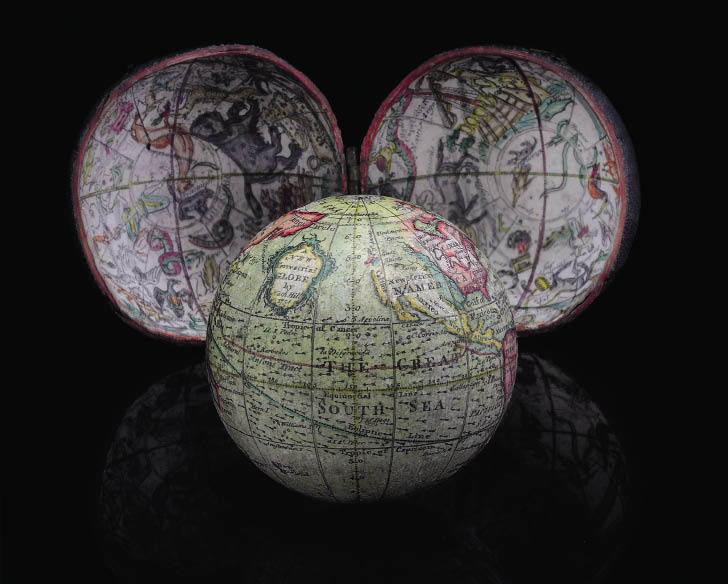Inspired by Darwin’s bicentenary, Scott Payton explores the collectors’ market for historic scientific instruments
As the world celebrates the 200th anniversary of Charles Darwin’s birth, and as awareness of climate change continues to rise, interest in the natural sciences is soaring. This is rubbing off on the collectors’ market in scientific instruments, with globes, sundials and microscopes proving particularly popular.
The appeal of globes is especially broad — because they are scientific instruments, decorative objects and comprehensive cartographical histories wrapped into a single package, says George Glazer, a former attorney who now runs a globe dealership on the Upper East Side of Manhattan (www.georgeglazer.com). ‘You could argue that a globe is the ultimate item to own, because it is so many things in one,’ he says.
Prices for antique globes range from less than $500 for smaller 1930s models to as much as $2 million for rare 16th-century specimens. ‘For a pair of high-quality early 19th-century English floor globes in very good condition, you’re looking at $200,000 to $250,000,’ says Glazer. Floor globes, rather than those designed to sit on a table, generate the most interest. ‘They tend to sell the best because they fit the concept of a globe that people have in their mind, which they might have picked up from a movie or a visit to a library.’
Globes are also sound investments. Prices for floor globes doubled between 2000 and 2008 — with the value of some 1940s and 1950s ‘black ocean’ globes tripling over this period. This is a reflection of a recent rise in interest in modernism and 20th-century decorative arts in general, Glazer says. ‘Twenty or 30 years ago, this kind of thing was considered junk. I’d certainly rather have my money invested in my inventory of globes than in company stock at the moment.’







Comments
Join the debate for just £1 a month
Be part of the conversation with other Spectator readers by getting your first three months for £3.
UNLOCK ACCESS Just £1 a monthAlready a subscriber? Log in